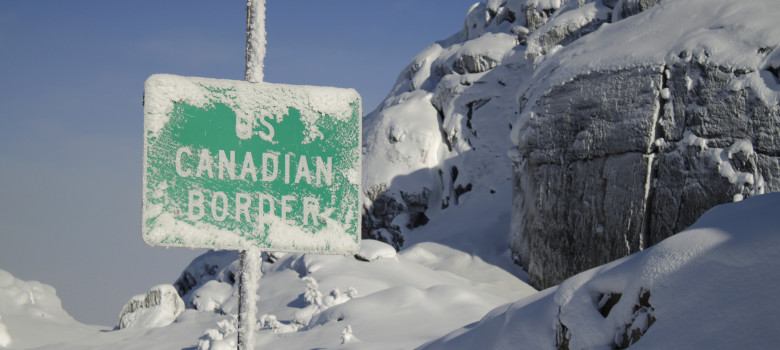The Trouble with the TPP series continues with IP enforcement and border measures provisions, which are illustrative of Jim Balsillie’s concern about Canada’s failure to set its own IP policy. Yesterday’s post noted that the U.S. demanded that Canada provide a report card every six months on its customs activities, meet on the issue whenever the U.S. demands, and face the possibility of a dispute settlement complaint for failing to comply with these rules. The TPP goes further, however, as it will require Canada to create a system to allow for the detention of goods with “confusingly similar” trademarks.
Article 18.76 of the TPP establishes “special requirements related border measures” which includes allowing for applications to detain suspected confusingly similar trademark goods as well as procedures for rights holders to suspend the release of those goods. The required change is striking since Canada just overhauled its rules for border measures under pressure from the U.S. The Canadian approach did not include “confusingly similar” trademark goods, recognizing that such goods are not counterfeit and that requiring border guards (who rarely have legal training) to make exceptionally difficult judgments about whether imported goods violate the law is bad policy.
In 2011, Daniel Drapeau, a lawyer with Smart & Biggar, emphasized the difference between counterfeits and confusingly similar trademark goods at a Canadian Heritage hearing on counterfeiting:
Nor are counterfeits goods that bear a trademark that is confusingly similar to the genuine one, say, some other form of reptile besides the little alligator. These are not counterfeits. Counterfeits reproduce the trademark.
Kim Weatherall explains why the extension of trademark infringement to “confusingly similar” marks is controversial around the world:
The extension to cases of trade mark infringement involving ‘confusingly similar’ marks is internationally controversial, because (a) it requires customs officials to engage in legal analysis that is arguably beyond their level of expertise, (b) it creates the potential for competitive activity to be caught by and fought out at the level of border measures where it would be more appropriate for those fights to occur through the courts (ie it allows a company that believes a competitor is ‘too close’ to use border measures); and (c) it creates potential for application of border measures against generic pharmaceuticals, because allegations are regularly raised that generic pharmaceutical companies are using confusingly similar marks, thus potentially impacting on access to medicine.
Given those concerns, it should not come as a surprise that Canada opposed the extension to confusingly similar trademarks throughout the TPP negotiations. In fact, earlier leaked drafts show that almost half the TPP opposed the extension (Singapore, Brunei, Malaysia, Vietnam, and Canada). Yet as is the case in so many other areas, Canada ultimately caved on the issue and if we decide to ratify the TPP, will be required to change domestic law months after passing new rules specifically designed to provide enhanced border measures provisions.
(prior posts in the series include Day 1: US Blocks Balancing Provisions, Day 2: Locking in Digital Locks, Day 3: Copyright Term Extension, Day 4: Copyright Notice and Takedown Rules, Day 5: Rights Holders “Shall” vs. Users “May”, Day 6: Price of Entry, Day 7: Patent Term Extensions, Day 8: Locking in Biologics Protection, Day 9: Limits on Medical Devices and Pharma Data Collection, Day 10: Criminalization of Trade Secret Law, Day 11: Weak Privacy Standards, Day 12: Restrictions on Data Localization Requirements, Day 13: Ban on Data Transfer Restrictions, Day 14: No U.S. Assurances for Canada on Privacy, Day 15: Weak Anti-Spam Law Standards, Day 16: Intervening in Internet Governance, Day 17: Weak E-commerce Rules, Day 18: Failure to Protect Canadian Cultural Policy, Day 19: No Canadian Side Agreement to Advance Tech Sector, Day 20: Unenforceable Net Neutrality Rules, Day 21: U.S. Requires Canadian Anti-Counterfeiting Report Card)








At some point when the treaty is applied at the border, someone is bound to appeal all the way to the Supreme Court to have the measures declared unconstitutional. Then what?